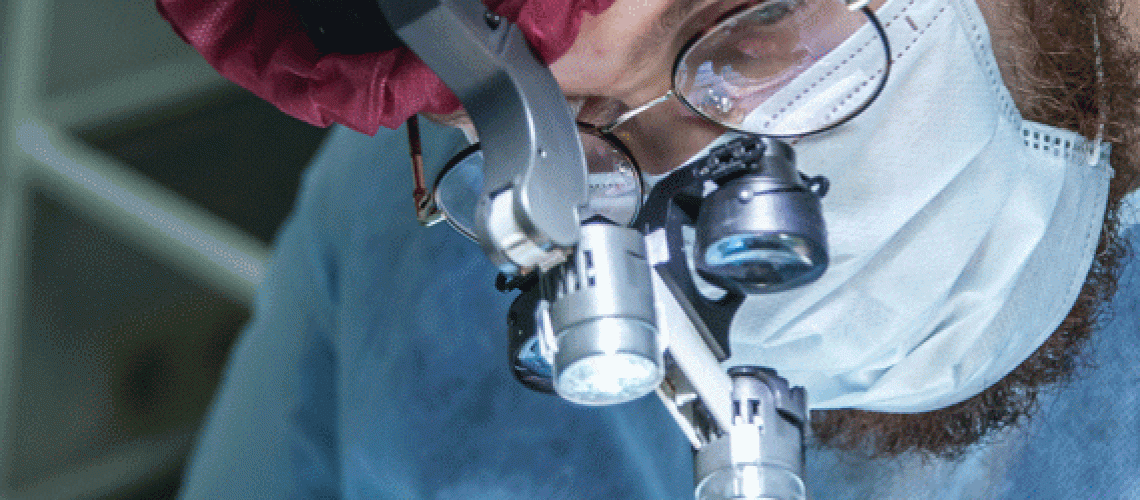What is alveolar ridge augmentation and why would a patient need this procedure?
Alveolar ridge augmentation is the procedure whereby the implant surgeon can replace and restore the bone that typically surrounds healthy teeth. Bone is lost due to tooth extraction, gum disease and/or trauma. Often times we need to replace this bone so that we have adequate support for dental implants and to improve and regain your facial aesthetics.
What are the types of alveolar ridge augmentation?
Localized alveolar ridge augmentation (often referred to as socket grafting or grafting of the buccal wall defect) is a common dental procedure that may be performed following the extraction of a tooth. [2] Additionally, often times Dr. Young is able to place the socket graft along with the implant simultaneously following tooth extraction. This allows the patient the ability to get everything done in one surgical appointment.
In contrast, entire ridge augmentation is a procedure done in the area of the mouth where teeth have already been lost and significant bone loss has occurred. In order to place implants, a 2 stage surgical approach is necessary. We first build up the bone using cadaver, synthetic or the patient’s own bone, then allow it to heal for 4-6 months before we can place implants.
How is ridge augmentation performed?
Ridge augmentation is typically performed in a dental office under local anesthesia. Some patients may also request a sedative. During the ridge augmentation procedure, the dental surgeon recreates the natural contour of the jaw and gums “that may have been lost due to bone loss from a tooth extraction, or for another reason.”[1] To avoid the need for another procedure, the dentist often performs ridge augmentation immediately following tooth removal and covers the area with a membrane and secures it with sutures. [1]
In conclusion, ridge augmentation may be necessary if the patient has bone loss and needs to replace the bone for facial aesthetics or to support dental implants. Localized alveolar ridge augmentation can be performed following a tooth extraction, while also placing the implant simultaneously. Entire ridge augmentation takes place when teeth have already been lost and significant bone loss has occurred. It involves a 2 step procedural approach and a recovery time of 4-6 months prior to implant placement. It is always advised to discuss the risks, pros and cons of a surgical procedure with your dental surgeon.
References:
- New York Oral & Facial Surgery. Ridge Augmentation. OralFacialSurgeon.com. Found on 6 January 2020. URL: https://www.oralfacialsurgeon.com/procedures/bone-grafting/ridge-augmentation/
- Westfield Dental Associates, Inc. Alveolar Ridge Augmentation. WestfieldImplants.com. Found on 6 January 2020. URL: https://www.westfieldimplants.com/procedures/oral-maxillofacial-surgery/alveolar-ridge-augmentation/




